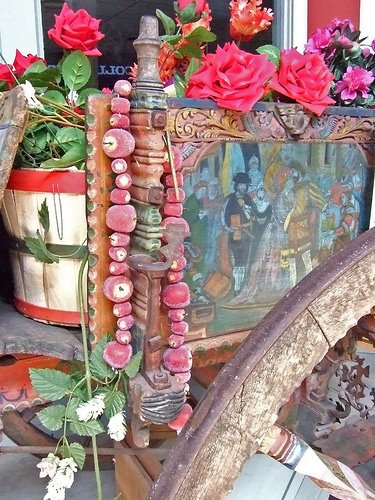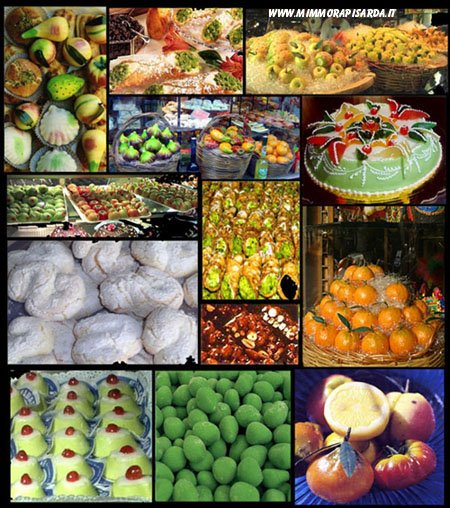 Source : Sydney Morning Herald
Source : Sydney Morning HeraldON THE Italian island of Stromboli, the so-called Lighthouse of the Mediterranean, even the most ordinary night is a natural spectacular. As Europe's most active volcano, the island has been in permanent eruptive activity for centuries.
Molten fireworks shoot into the night sky and explosions reverberate around the island - and these are in its quiet times.
Regularly the island experiences greater eruptions, most recently a fortnight ago when two lava flows poured down the mountain and into the Mediterranean. In 2003, during Stromboli's last major eruption, rocks fell on homes and into the sea, creating a tidal wave that washed over shoreline houses.
In between these two eruptions I visited Stromboli, where it was clear that even when slumbering, this mountain is restless.
Stromboli is one of seven islands that make up the Aeolian archipelago off Sicily's north coast. Each island is a volcano, though most are dormant. Vulcano, the island that gave its name to all volcanoes, fizzes and steams in a sulphurous stench, but Stromboli is the Aeolian's true firebrand.
Crouched bravely at the foot of Stromboli's 924-metre-high mountain are three villages that merge into one. Their beaches are as black as tar, and their lanes so narrow that golf buggies serve as their taxis. In 1930, following a large eruption, the villages saw a near-exodus. In contrast, it's the very promise of volcanic activity that now brings thousands of visitors into the villages each year.
The volcano was what lured me here, and at the villages' end I began walking along the mule trail that led up the mountain. Before the 2003 eruption, visitors could follow the trail to the summit, wandering around the boiling craters that even then spat out rocks like popcorn.
After the eruption, climbing beyond a point 400 metres above sea level was prohibited, although hikers with licensed guides were again allowed back to the summit in 2005. Ascending through wild flowers, the trail quickly came to the edge of Stromboli's most remarkable sight: the black abrasion of the Sciara del Fuoco, a lava path that is slowly cannibalising the island, nibbling it away eruption by eruption. Every few minutes an explosion shook the mountain, bouncing rocks down the Sciara del Fuoco and into the sea.
I climbed higher and a larger bang sounded, followed by an avalanche of boulders. A rock as big as a car bounced no more than 100 metres from where I stood, enveloping me in a fog of dust. Even if I'd been allowed higher on the mountain, I was no longer daring. I'd prefer now to view it from the sea.
Evening and irony descended together over Stromboli. On the Lighthouse of the Mediterranean none of the lanes were lit, so that moonless nights were almost unremittingly dark. Visitors carried torches to restaurants, and about the only glow on the island came from the summit of the volcano.
On such a night I walked a dark course to the island pier, where I hired a fisherman to take me out to sea. Several hundred metres offshore from the Sciara del Fuoco we watched tracer bullets of molten rock shoot across the sky. To me it was an incredible sight - fireworks with attitude - but to the fisherman it was a humdrum disappointment. "Not much activity tonight," he said apologetically.
When it was erupting, he assured me, lava streamed down the Sciara del Fuoco like a waterfall from hell, the sea boiling and steaming at its feet.
As he talked, I felt the urge to return to Stromboli even before I'd left, to see this volcano in the fiery fury of an eruption. In the last few days I have missed an opportunity, but there will almost certainly be others.







No comments:
Post a Comment